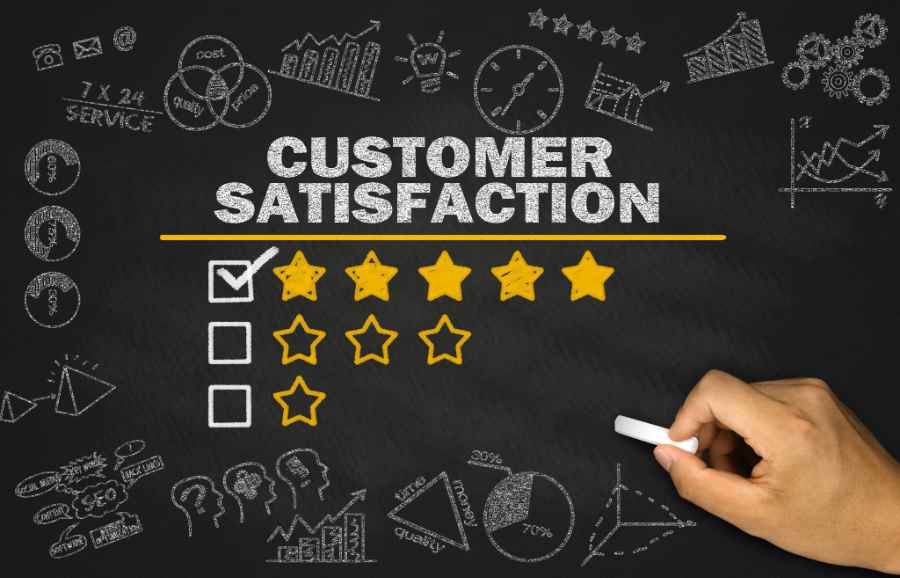Education & Credentials:
- MA (units), Communication Arts, University of the Philippines Los Baños
- BA, Mass Communication, major in Journalism, Cavite State University
- Short course certifications from various universities all over the globe like CalArts and Northwestern University
Expertise:
- VoIP
- Business Phone Systems
- Video Conferencing
Highlights
- 10+ years copywriting and editing
- 8+ years digital marketing, graphic design, and print
Experience:
Rain Francisco-Cabasi is an office technology expert at Fit Small Business specializing in VoIP and video conferencing. Prior to working for FSB, she was a college instructor at Cavite State University for two years combined. She has been writing for international businesses for more than 10 years and has a background in remote working, project management, and design.
Hobbies:
In her free time, she can be found working on crafts, sewing, cooking, or watching silent Korean vlogs.
Discover more resources
for your business
Education & Credentials
- MA (units), Communication Arts, University of the Philippines Los Baños
- BA, Mass Communication, major in Journalism, Cavite State University
- Short course certifications from various universities all over the globe like CalArts and Northwestern University
